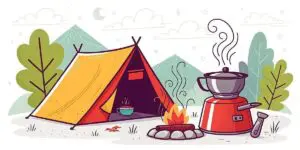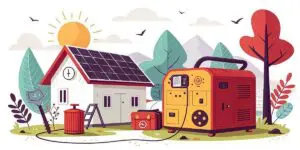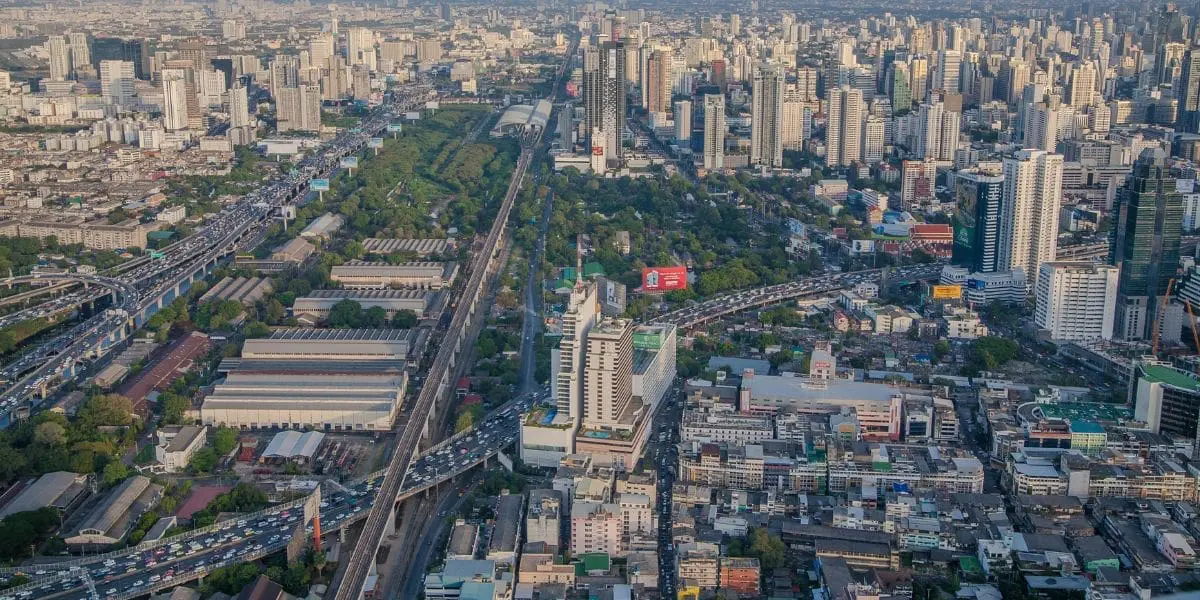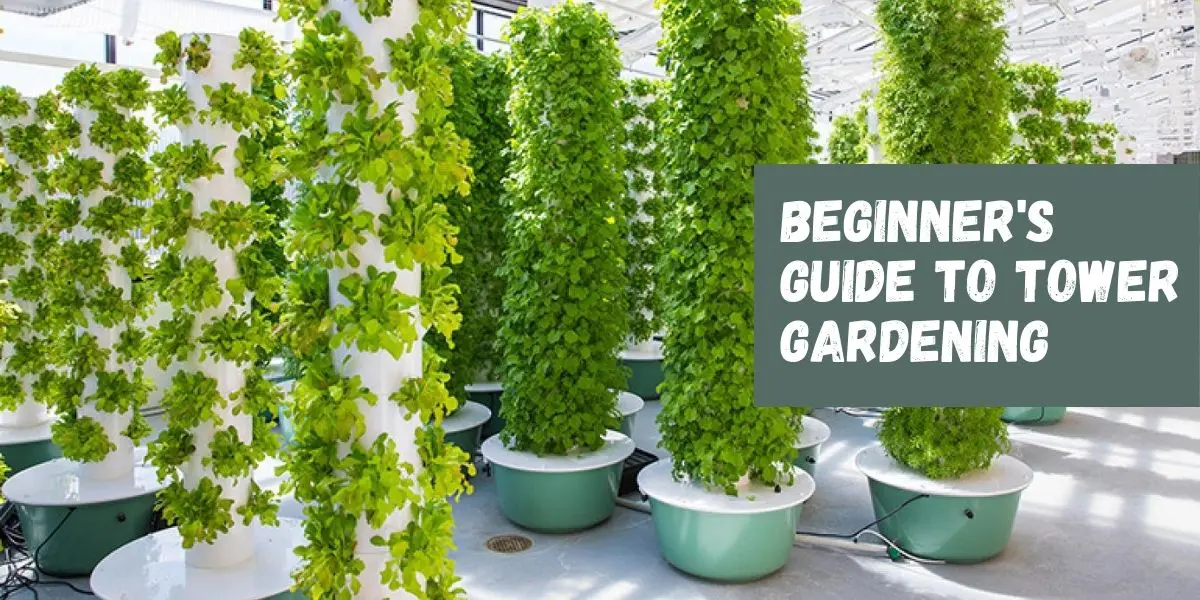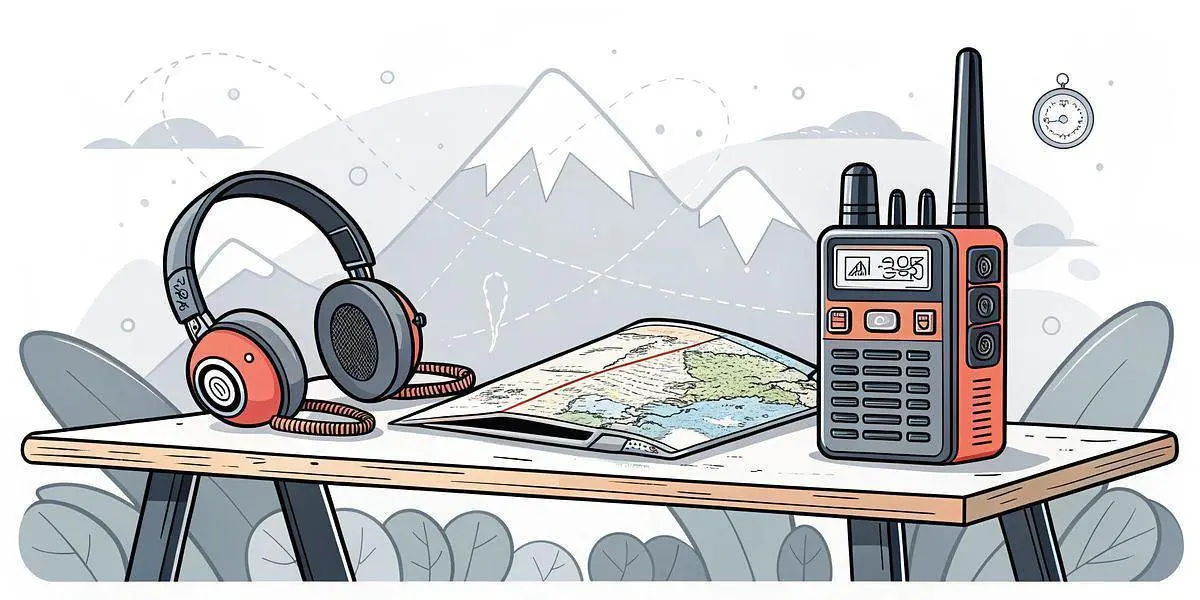Disaster preparedness is an essential aspect of modern life. Natural disasters, pandemics, and other emergencies can strike at any moment, and having a well-stocked supply of food can make a significant difference in your ability to cope with such situations. This article will discuss the importance of building a year’s supply of food for disaster preparedness and provide practical tips on how to get started.
Why a Year’s Supply of Food?
A year’s supply of food is a good baseline to aim for when preparing for emergencies. This timeframe allows you to weather long-term crises, such as widespread food shortages or disruptions to the supply chain. Furthermore, having a year’s worth of food stocked up can provide a sense of security and peace of mind, knowing that you and your family are well-equipped to handle whatever challenges may come your way.
Getting Started: Assessing Your Needs
Before you start building your food supply, it’s essential to take stock of your household’s needs. Consider the following factors:
1. Number of people: The more people in your household, the more food you will need to store. Be sure to account for any pets, as well.
2. Dietary restrictions: Account for any allergies, medical conditions, or personal preferences that may affect the types of food you can store and consume.
3. Storage space: Make sure you have enough space to store a year’s worth of food. This may require investing in additional shelving, containers, or even a separate storage area.
4. Budget: Building a food supply can be expensive, so it’s essential to set a realistic budget. Plan to purchase items over time rather than trying to buy everything at once.

Selecting the Right Foods
When choosing foods for your emergency supply, prioritize items with a long shelf life, nutritional value, and versatility. Some essential food categories to consider include:
1. Grains and cereals: These provide a good source of energy and can be stored for extended periods. Examples include rice, pasta, oats, and wheat.
2. Canned goods: Canned fruits, vegetables, meats, and beans offer a long shelf life and are easy to store. Be sure to check expiration dates and rotate your stock regularly.
3. Dried foods: Dried fruits, vegetables, and meats are lightweight and shelf-stable. They can be rehydrated for use in various recipes.
4. Non-perishable staples: Items like powdered milk, peanut butter, and cooking oils provide essential nutrients and can be used in a variety of dishes.
5. Water: While not food, having a safe water supply is critical. Aim to store at least one gallon of water per person per day.
6. Comfort foods: Don’t forget to include some of your family’s favorite snacks and treats. These can help boost morale during difficult times.

Storing Your Food Supply
Proper storage is crucial to ensuring your food supply remains safe and usable. Here are some storage tips:
1. Keep food in a cool, dry, and dark place, away from direct sunlight and temperature fluctuations.
2. Use airtight containers to protect food from moisture and pests.
3. Label and date all food items, and practice the “first-in, first-out” principle to ensure older items are used before they expire.
4. Check your food supply regularly for signs of spoilage or damage, and replace items as needed.
Conclusion
Building a year’s supply of food for disaster preparedness takes time, planning, and investment. However, the peace of mind that comes with knowing you are prepared for emergencies is well worth the effort. By assessing your needs, selecting the right foods, and storing them properly, you can ensure that your family is well-equipped to face any challenges that may come your way.















